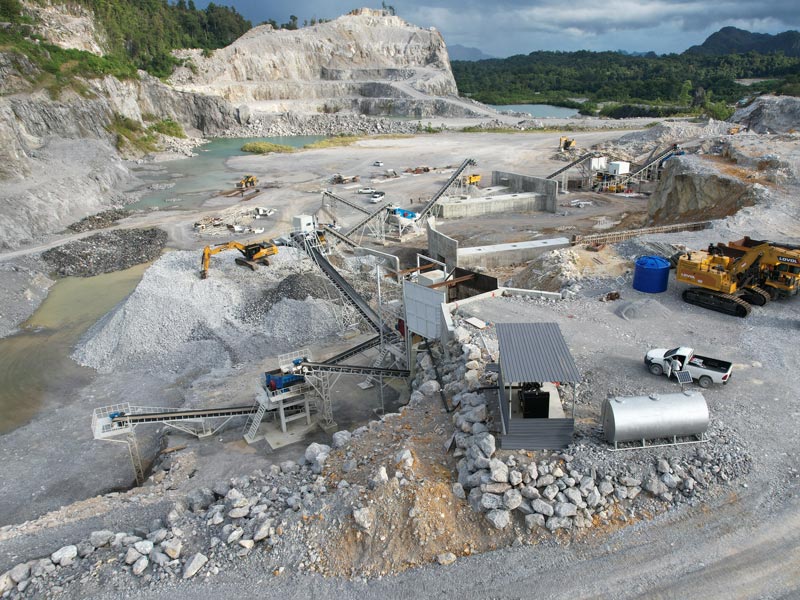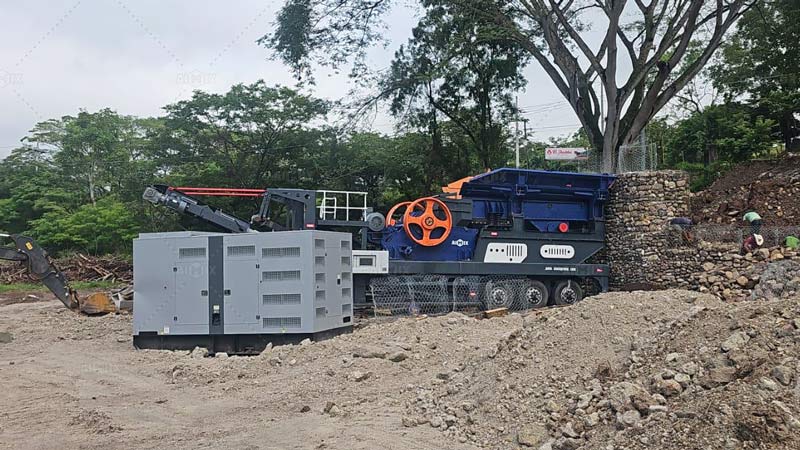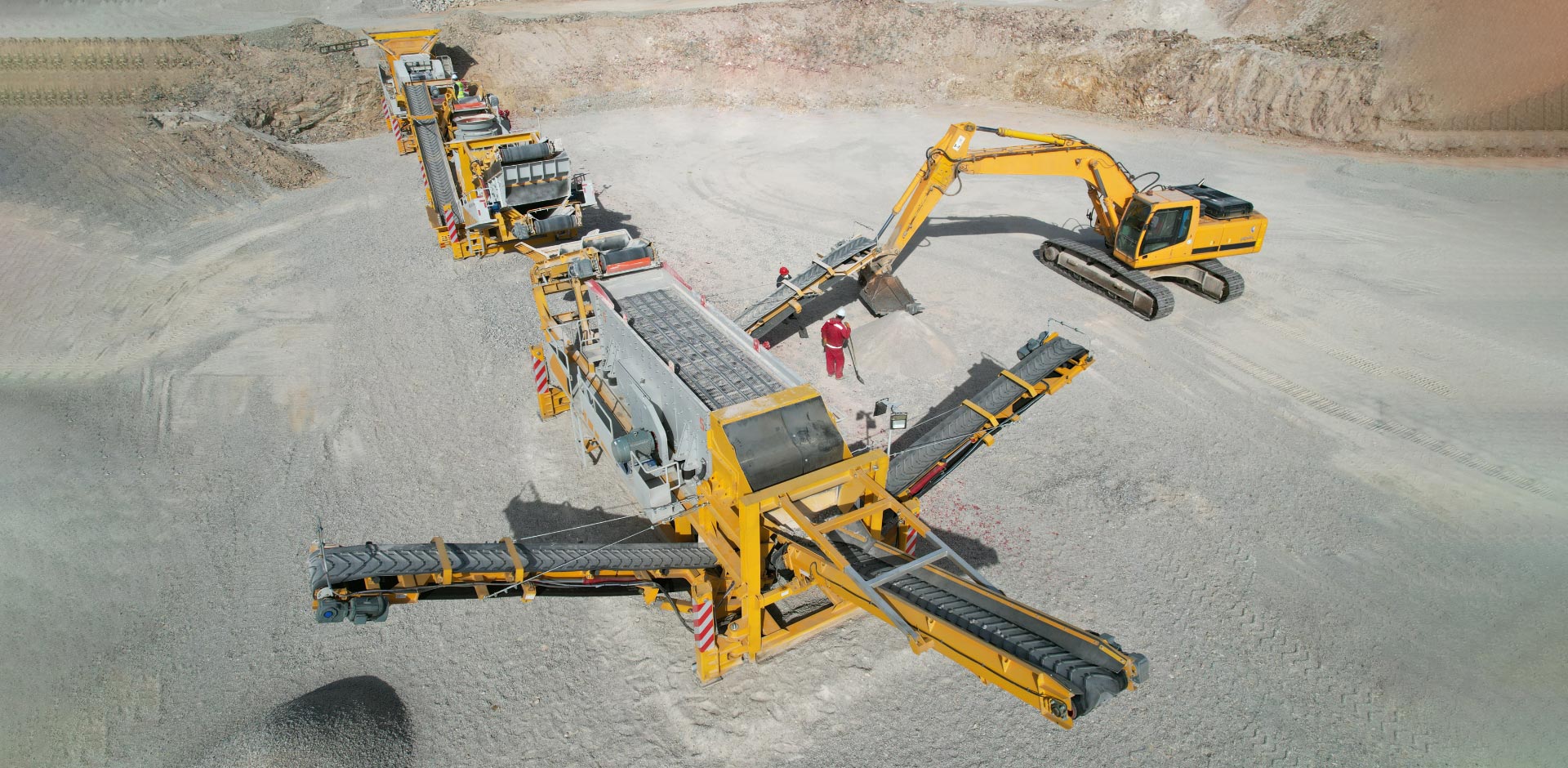In today’s competitive mining and construction sectors, optimizing the lifecycle of equipment and maximizing resource use are essential. A closed-loop service process offers a solution—integrating design, operation, maintenance, and recycling into one continuous cycle. For a stone crusher plant, implementing this model not only enhances productivity but also reduces operational waste and supports sustainability. Let’s explore how such a process works and what benefits it offers to the users of stone crusher systems, including portable stone crusher units and complete aggregate crusher plant setups.
What Is a Closed-Loop Service Process?
A closed-loop service process refers to a self-sustaining operational model that connects all stages of a product’s lifecycle—from planning and installation to usage, maintenance, upgrades, and eventual recycling. In the case of a stone crusher plant(planta trituradora de piedra), this model ensures that equipment operates efficiently across its lifecycle, with continuous feedback and support mechanisms that allow for adaptive improvements and long-term value creation.
Unlike traditional one-time sales models, a closed-loop system fosters ongoing interaction between the equipment supplier, the plant operator, and even third-party service providers. This enables predictive maintenance, rapid part replacement, real-time monitoring, and smarter upgrades.

Key Components of a Closed-Loop System in Stone Crusher Operations
1. Smart Equipment Design and Modular Configuration
The journey begins with intelligent equipment design. Modern stone crusher(trituradora de piedra) units are developed with modularity in mind, allowing for easier upgrades, reconfiguration, and repair. Manufacturers are now embedding IoT sensors and software into key components such as jaw crushers, cone crushers, vibrating feeders, and screening systems.
In portable stone crusher models, this modularity becomes even more important. Their mobile configuration enables flexible deployment and easy integration with remote monitoring systems. These design choices facilitate a circular maintenance model where parts can be swapped or reused across different units and projects.
2. Integrated Digital Monitoring and Predictive Maintenance
A cornerstone of the closed-loop process is real-time data collection. Using sensor networks and software platforms, plant operators can track performance indicators such as wear levels, energy consumption, throughput rates, and system pressure.
This data enables predictive maintenance, reducing unplanned downtime. For instance, in an aggregate crusher plant, if a sensor detects a sharp increase in vibration on a conveyor motor, the system can alert operators and schedule a replacement before a breakdown occurs. Over time, this minimizes operational costs and extends equipment life.
3. Operator Training and Remote Support
To maintain a closed-loop model, personnel must be properly trained to interpret system feedback and respond efficiently. Many equipment suppliers now offer remote training platforms, video-based maintenance instructions, and live chat support to ensure local teams can handle basic repairs or adjustments.
Some companies even provide augmented reality tools that allow on-site workers to visualize internal machine components and carry out repairs with digital guidance. This continuous access to support ensures that the stone crusher plant remains productive even in challenging or isolated environments.
Recycling and Resource Recovery Within the Plant
Another vital part of the closed-loop process is the handling of waste material. Crushing plants often generate by-products—small stones, dust, and fines—that can be reused in construction or landscaping rather than discarded.
Additionally, older equipment or components that reach the end of their life cycle can be refurbished or recycled. Crusher linings, motors, and structural parts can be returned to manufacturers for repurposing, reducing environmental impact and lowering the cost of future upgrades.
Portable Plants and Site-to-Site Looping
In the case of portable stone crusher(trituradora de piedra portatil) units, the closed-loop system can extend across multiple job sites. When a project ends, the crusher is not retired—it’s inspected, updated, and redeployed to a new site. Any collected performance data from the previous operation informs setup adjustments, ensuring better efficiency in the next deployment.
This type of service loop allows businesses to get the most out of their mobile investments while maintaining high standards for sustainability and operational readiness.
Benefits of a Closed-Loop Service Process
Adopting a closed-loop system offers both operational and strategic advantages:
- Lower Total Cost of Ownership (TCO): Regular maintenance, part reuse, and extended equipment life reduce capital and operating expenses.
- Increased Uptime: Predictive maintenance and real-time diagnostics minimize equipment failure and downtime.
- Greater Sustainability: Recycling parts and minimizing material waste align with global environmental regulations.
- Improved ROI: Prolonged equipment life and higher productivity improve return on investment.

Steps to Implement a Closed-Loop Process in Your Crushing Plant
Assess Your Existing Equipment
Start by evaluating whether your current stone crusher plant setup supports modular replacement, data tracking, and routine diagnostics. If not, consider upgrades or replacements that align with smart design principles.
Choose the Right Supplier
Partner with manufacturers who offer end-to-end lifecycle support. Look for service contracts that include remote diagnostics, predictive maintenance tools, and access to parts recycling programs.
Train Your Team
Ensure that plant operators and maintenance personnel are trained not only in machine operation but also in data interpretation and closed-loop thinking. Your equipment is only as smart as the team running it.
Integrate Waste Management and Recycling
Work with local recyclers or use internal systems to reuse by-products. This contributes to cost savings and environmental compliance, especially for larger aggregate crusher plant(planta trituradora de agregados) operations handling massive volumes of raw material.
Conclusion
A closed-loop service process transforms how a stone crusher plant operates, making it more intelligent, sustainable, and profitable. Whether you run a fixed installation or a portable stone crusher for mobile operations, adopting this model will help future-proof your business. With technology integration, strategic service planning, and a focus on equipment reuse and recycling, your crushing operation can evolve from linear production to a circular, value-driven ecosystem.

